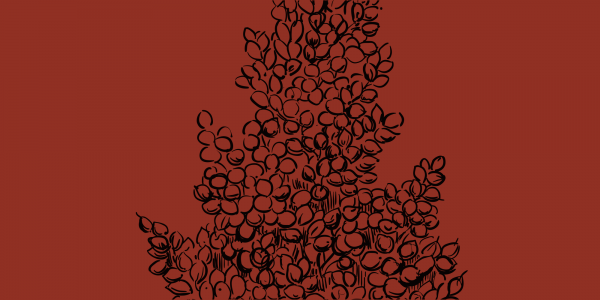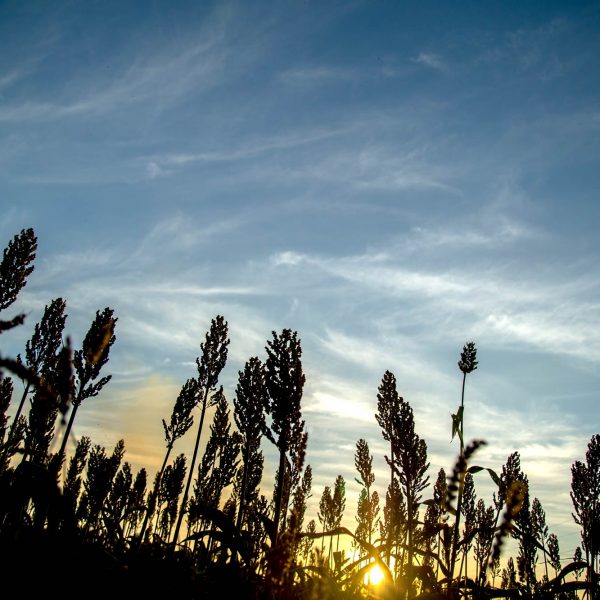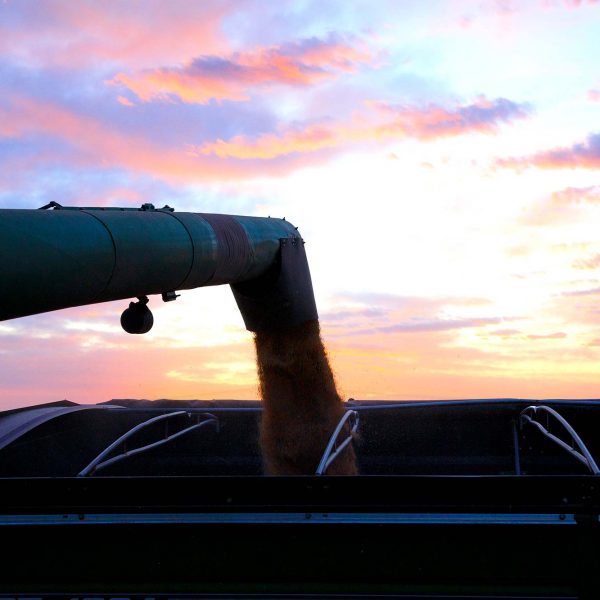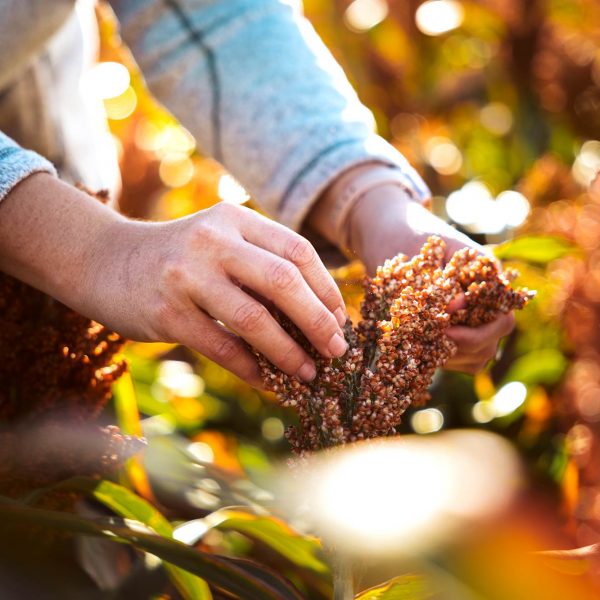
Assessing Grain Sorghum Hail Damage
MAFG/HP July 2021
Assessing Grain Sorghum Hail Damage
Brent Bean, United Sorghum Checkoff Director of Agronomy
One of the most disheartening events that can happen to a grower is to have a great looking crop destroyed by a hailstorm in just a few minutes. The amount of yield loss resulting from hail will be dependent on the growth stage of the sorghum and the intensity of the storm. Small stones may cause only minor damage, with a few shredded or damaged leaves, while larger stones can bruise or even break stalks and sorghum panicles. To make matters worse, even within an isolated field, damage is seldom uniform requiring an assessment of the damage in numerous locations within the field.
Damage caused by hail will look terrible immediately following the event and might even look worse 48 to 72 hours later as the damaged tissue dies. Fortunately, grain sorghum is a very resilient and, if the damage occurs early in the season, it can often recover to the point where much of its original yield potential can be met. Under good growing conditions, the plant will start recovering and new growth will possibly be observed as soon as 72 hours following the storm. It is best to wait at least 7 days before a damage assessment, if at all possible. This allows enough time for damaged tissue to die and for any new growth to be observable.
The growth stage of the sorghum at the time of the storm is critical in its ability to recover. Sorghum’s growing point remains below or near the soil surface up to about the 6th or 7th leaf stage. This means that for approximately the first 28 days of the life of the sorghum plant, under most conditions, sorghum will recover from even a very severe hail storm that destroys most of the above ground portion of the plant. The plant will continue to grow and new growth will soon push through any damaged tissue that remains attached.
Once the growing point is above the ground, then the potential for yield loss from hail damage gradually increases as the plant approaches flowering.
Three factors must be considered in assessing damage. These are percent leaf defoliation, stand loss due to stalk damage, and direct damage to the panicle.
Percent leaf defoliation is almost always over estimated from visual ratings. Be conservative, even a partially shredded leaf will still photosynthesize if the tissue remains green. The amount of yield loss is dependent on the sorghum growth stage and percent defoliation. For example, 50 percent leaf defoliation at the 10 leaf stage would be expected to decrease yield less than 5 percent, but that same 50 percent defoliation at boot could lower yield by as much as 30 percent.
Stand loss can be difficult to assess. The degree of stalk bruising must be examined for both where the bruise occurs on the stalk and its severity. A deep bruise (one that penetrates to the middle of the stalk) is likely to cause the stalk to eventually die. A more minor bruise may not lead to death of the stalk but can lead to lodging later on or stalk rot infection. In many cases, the leaf sheath surrounding the stalk will simply be scarred and no internal bruising has occurred. In assessing stand loss, count a plant with a deep bruise as missing and count another 50 percent of the plants with minor bruises as missing. Because of sorghum’s ability to tiller and adjust its number of kernels per panicle, some yield compensation will occur for missing plants if the reduction in stand occurs early in the season.
Damage to the panicle can occur from boot through grain fill. Estimate how much of the panicle has been damaged. This is counted as direct 1:1 yield loss.
Always consult your crop insurance agent before terminating a crop.
For more information see the 15 minute video Assessing Hail Damage on the United Sorghum Checkoff Webpage.




